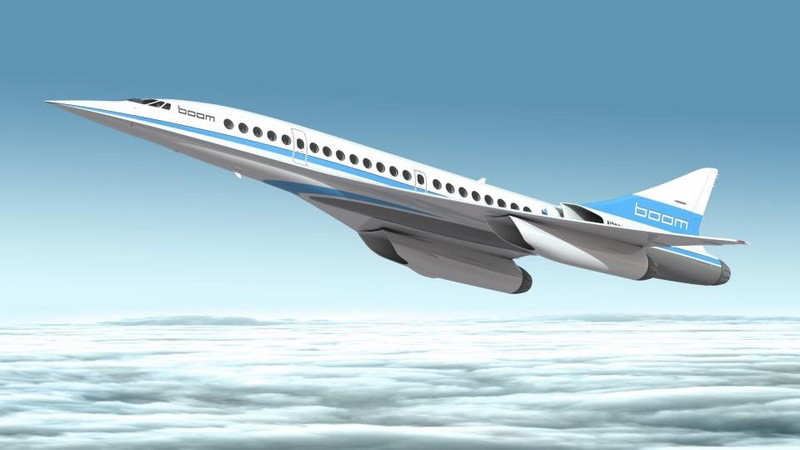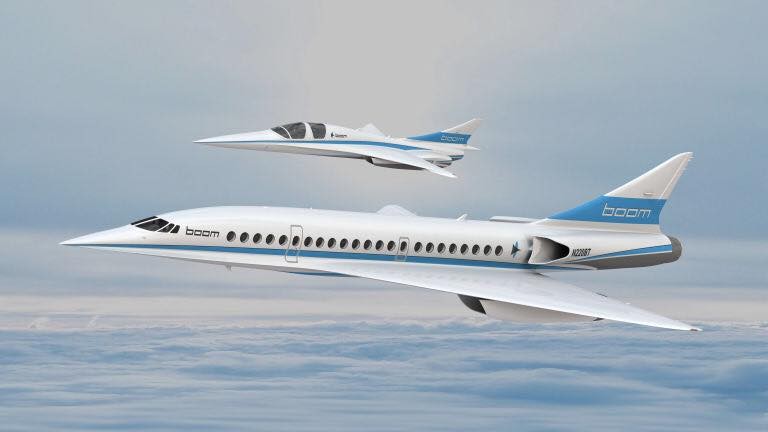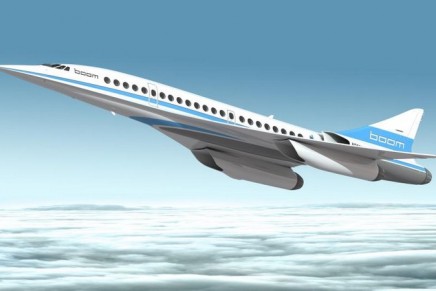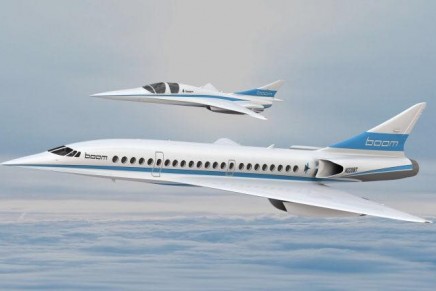“I remember thinking, in 2007 when the iPhone came out, that the world was getting faster and better. That wasn’t so true with flying – flights today take as long as they did in the 1950s.” Boom Supersonic’s Blake Scholl
The next generation of supersonic commercial aircraft could take to the skies in a little over five years, according to US-based Boom Supersonic, which joined more than 100 first time exhibitors in attendance at the biggest ever 2017 Dubai Airshow (12 – 16 NOVEMBER 2017).
The US-headquartered company is seeking to develop a quiet replacement for Concorde. It hopes to begin aircraft testing in 2018, with a view to accepting passengers onboard its as-yet-unnamed 55-passenger supersonic jet in 2023.
“Since the invention of the jet engine in the 1950s, we have seen measurable progress in almost every area of human
achievement. Yet what was a five-hour flight in 1950 still takes five hours in 2017,” the firm’s founder, Blake Scholl explained.
“Speed isn’t about going really fast. It’s about closeness – making far away places feel like they’re right around the corner. If we can fly twice as fast, the world becomes twice as small. Faster flight brings the world together, spreads culture, strengthens bonds and makes our planet a more accessible home for us all. Today, there are zero scientific barriers to supersonic flight,” he said, adding that the industry “can and must do better”.
The firm announced that it was looking for a manufacturing site, having raised the US$33m needed for it to build a small-scale test plane. It has 76 jets on pre-order with five airlines, and has had talks with 20 over future purchase deals.
Scholl revealed by ditching Concorde’s loud afterburners in favour of turbofan technology, his firm can produce a plane quiet enough to land at busy city airports like London Heathrow at night.
“We’re very mindful of the need to make this an economic vehicle that airlines can operate profitably, and that passengers can actually afford to fly on. If you go to really quiet levels of boom, it becomes such a gas guzzler, and while that could work as a business jet it’s not viable as an airliner. But we think there’s a sweet spot of moderate intensity where this is going to blend into the background noise of our not-perfectly-quiet world, making it suitable for overland flight, but also efficient enough to work economically for passengers and airlines.”
Nonetheless, the firm has identified 500 potential routes in which supersonic flight over land could be avoided if necessary, which Scholl believes it could operate on with a passenger price comparative price to existing business fares.





